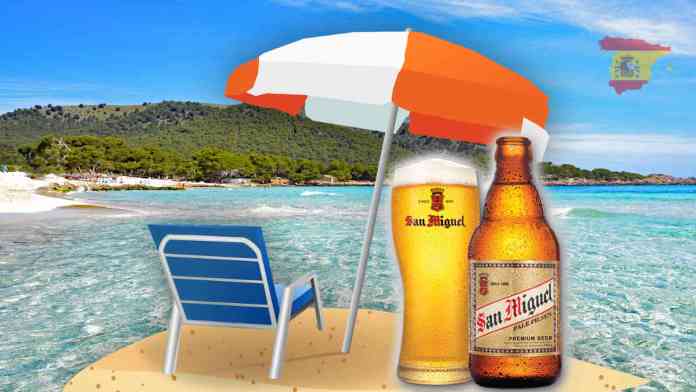
Madrid – weather, map, sightseeing, sights.
There is no Spain without Madrid. The capital of this country is a city that is undoubtedly worth seeing. The three-million metropolis, which is one of the largest cities in the world, is a place where history meets modernity, fun meets work, business meets tourism. In a word, diversity at its best in Spain.
The city of Madrid is divided into an older part, referred to directly as Old Madrid, and a newer part, i.e. Bourbon Madrid. In both, tourists will find many places worth seeing. The city of Madrid is known for its many tourist attractions. Actually, it is impossible to list all of them, so it is worth focusing on attractions related to sightseeing and nightlife.
Monuments:
There are countless monuments and museums in Madrid. The most important of them is, of course, the Prado – a museum known all over the world. HarvestPrado museum, is a painting from the 16th century and the following centuries. The museum attracts crowds of tourists every year.
There are so many monuments, as I mentioned earlier, that it is difficult to list them all. Noteworthy are:
Royal Palace – until recently, the seat of kings, now a place where we can see various types of exhibits, it is also worth looking at the gardens adjacent to the palace, where there are unique species of plants. Madrid’s La Amuldena Cathedral. Completed in honor of the 500th anniversary of the discovery of America. An interesting fact is that it is the first cathedral consecrated by Pope John Paul outside of Rome.
Templo de Debot. An Egyptian temple given to the Spaniards for their help in building the Aswan Dam.
Of course, interesting places in Madrid are not only monuments. There are many places that are simply a symbol of this city. Squares are certainly such symbols Plaza Canovas del Castillo, Plaza de Cibeles, El Rastro, Plaza de Espana and many others.
Madrid is a place to visit, it is also a place to have a great time. There are countless places to spend time in the city. The most popular are various types of clubs, discos and bars. The most frequented area is of course the city center. It should be said simply – it starts to pulsate with life only in the evening and lives until dawn. Most in the areas:
Barrio de Huertas: Calle del Principe
Barrio Latina: Calle Cava Caja, Calle de los Cuchilleros, Plaza – Mayor, Plaza Tirso de Molina
Barrio de Chueca: Plaza de Chueca
Of course, all this is just a part of Madrid’s tourist attractions. The city is a place where you can see much more. Beautiful streets that are all works of art, lots of gardens, bridges and other beautiful places. So it’s worth visiting Madrid.
Weather in Madrid
It will certainly make it easier during the holidays weather. Madrid is a sunny city, most of the year reigns in it temperatureexceeding 20 degrees Celsius. Of course, winters are worse, although one should not be influenced by Polish conditions. Winter in Madrid is often minus 10 degrees Celsius, so it’s almost spring for us.
Madrid is a place that cannot be disliked. It is worth spending a holiday there. The city is able to draw you in for a long time, interest you, and often shock you with its nice atmosphere and metropolitan character. It’s worth going there.

